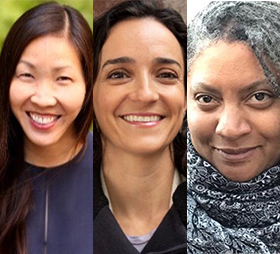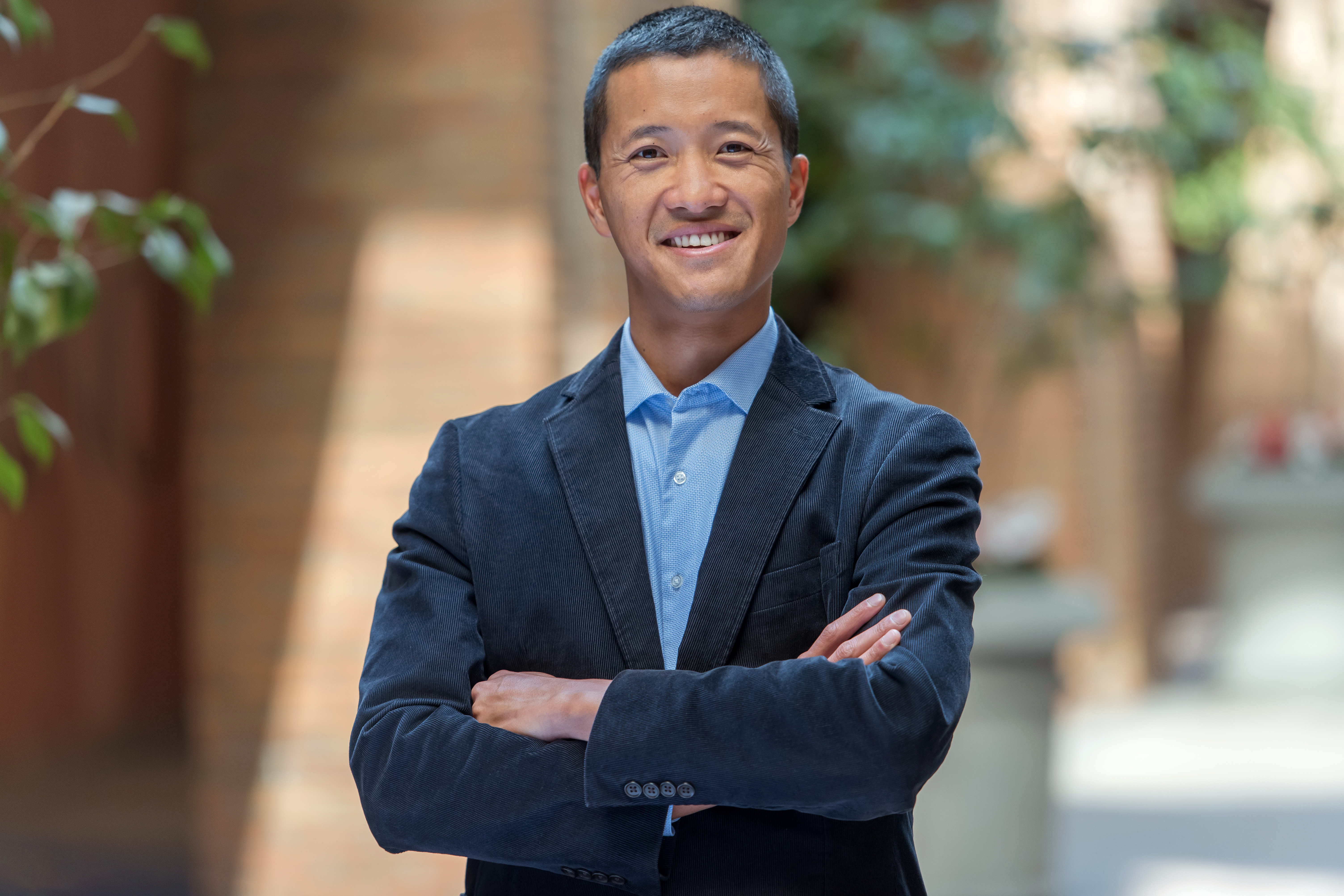What We Mean by CARE in a Year of Cascading Crises: Part 3
Putting CARE into Action for our Rural Older Adults
As we look ahead in 2021, it will be another difficult year for California’s older adults. Many of them are experiencing social isolation during shelter-in-place, are at high risk of contracting COVID-19, and have difficulties accessing in-home health care and support services. Many older adults will cope with anticipated wildfires and lingering smoke during Public Safety Power Shutoff’s later this year.
Increasingly, funders are learning and examining intersectional issues of aging. Northern California Grantmakers is partnering with the newly launched Aging Intersections: A Funder Network to help erase the disadvantages that older adults – both from communities of color, and those who are economically insecure – face in our society.
We know we can do more, especially for older adults living in rural communities who face a unique set of challenges, different from those living in urban areas, namely transportation and access to essential services, including health care. Not enough attention is given to the lived experiences of our rural older adults, as millions of them live in places with wildfire threats. For the most part, rural aging in California remains a blind spot.
In this blog, we illustrate the need for additional resources for our rural communities, especially for organizations that serve older adults. Using the CARE framework presented in the first blog and acknowledging the priorities set by California’s Master Plan for Aging around long-term health care support, housing, poverty, equity, and local leadership, here we show how to put CARE – Collaboration, Accountability, Responsiveness and Empowerment – into action for the safety and well-being of our rural older adults.
Collaboration
Rural counties have vastly different needs, capacities and community contexts. The COVID-19 pandemic and wildfires have highlighted significant gaps around coordination and collaboration within and between sectors. As rural communities recover from these crises, philanthropy has a role to play to convene disparate stakeholders in ensuring services are coordinated and no one gets left behind.
- Supporting Voluntary Organizations Active in Disasters (VOAD): Philanthropy can be instrumental in supporting VOAD, which is a network of faith-based organizations, community-based organizations, social service providers, private sector entities, and government agencies working together to address immediate and on-going disaster needs. Many rural communities lack community “connectivity” infrastructure that is essential to bridging human, material, and financial resources and local needs, especially those identified by vulnerable older adults. Already, several local community foundations in rural counties have funded staffing capacity to support their local VOAD as they have shown to be vital during COVID-19 and wildfire responses.
- Supporting local expertise: Philanthropy can also support frontline organizations and networks with intimate knowledge of their communities, from the ability to identify the “hidden poor” to understand the hyper-local dynamics that would advance positive social, economic, health, and environmental outcomes. For example, local Aging and Disability Resource Networks will be critical to making the Master Plan for Aging a success. Addressing diverse rural contexts will in turn require greater collaboration across donor and policy silos. After all, housing, mobility, hunger and health are key social determinants of disaster vulnerability. These issues are not separate but intertwined.
Accountability
Rural counties are often tight-knit communities. Community-based organizations and residents feel accountable to older adults living in their communities. Practicing care in philanthropy will require us to move toward greater accountability to our older adults. This will require grantmaking strategies that enable local organizations to determine where resources must be spent to achieve safety and well-being outcomes.
For the most part, philanthropic priorities currently drive siloed grantmaking and disparities in allocation, based on population density. This current practice means counties, community-based organizations and rural older adults do not get to allocate resources based on a holistic assessment of their local needs and capacities, but simply work with what comes their way. This can lead to smaller counties getting less funding for basic infrastructure and support services based on population served, even though baseline costs can be more expensive in rural communities. Philanthropy will need to address these regional disparities and reverse the flow of who sets priorities, from top-down to bottom-up, so that policy and funding are directly accountable to people’s experiences, needs and capacities across our diverse rural counties.
Responsiveness
As the COVID-19 pandemic continues into 2021, it will be vital to prioritize person-centered and responsive care for our rural older adults. Collectively, we can address some of the most pressing and emerging issues and opportunities, including:
- Leverage public and private resources to understand and address the intersectionality of issues impacting rural older adults
- Catalyze and bring in new funders to support this demographic
- Partner with the public sector to advance the Master Plan on Aging
- Create a platform for sharing critical needs between nonprofits serving rural older adults and funders
Rural older adults are asking counties to prioritize accessible transportation, home-delivered meals, senior assistance, referral support, and in-home care, as reported in the surveys conducted by the Agency on Aging in Nevada and Placer counties. Other priorities include caregiver respite or support and home modifications and repairs. As a sector, we are well-positioned to listen to these needs, invest in these daily living priorities, and help build the capacity of nonprofits that serve them.
Empowerment
We can put CARE into action for our rural older adults by empowering local organizations, community hubs and volunteer networks to do the work that they know best. Adopting Trust-Based Philanthropy principles in grantmaking, for example, is one way to empower community-based organizations through addressing the inherent power imbalances between foundations and nonprofits. Rooting philanthropy’s disaster work in these principles will allow older adults-serving organizations to prepare these communities for future natural hazard events, and ensure safe housing, and care facilities can be ‘hardened’ to current wildfire resilience standards.
Philanthropy is well-positioned to deliver collaborative, accountable, responsive and empowering pathways to multi-year, outcome-based projects for the safety, health and well-being of California’s low-income rural older adults. Let’s put CARE into action.
This blog draws on initial findings from NSF-funded research on “Wildfire preparedness and evacuation planning in a pandemic" NSF Award #1841338). Any opinions, findings, and conclusions or recommendations expressed in this material are those of the authors and do not necessarily reflect the views of the NSF, SSEER, or CONVERGE.


